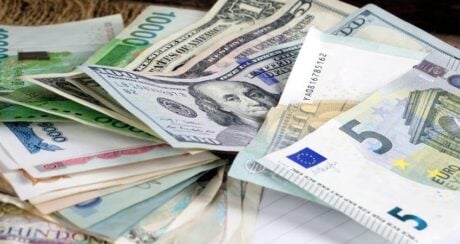Investing Hub
Most popular articles

Understanding Cryptocurrency Risks
The risks involved in cryptocurrency should not be ignored. Before considering it as a viable investment alongside or instead of more traditional forms of investing, it is important to educate yourself on the potential dangers involved in buying cryptocurrencies.

Child Trust Funds: How to Find Lost Accounts and Manage Your Savings
More than 100,000 teenagers in the UK could be missing out on money in a lost Child Trust Fund account. Learn how Child Trust Funds work and the best way for young savers to make a return on their money.

Cryptocurrency Scams Explained
Cryptocurrency scams are rising as digital currency becomes more popular among investors. Find out the most common types of cryptocurrency scams and what to do if you think you’ve been affected by one.

What is forex trading and how does it work?
Forex trading involves buying and selling currencies to make a profit. It’s become the largest financial market in the world and you don’t need much money to get started. Here, we explain what forex trading is and some of the pros and cons to consider before investing.